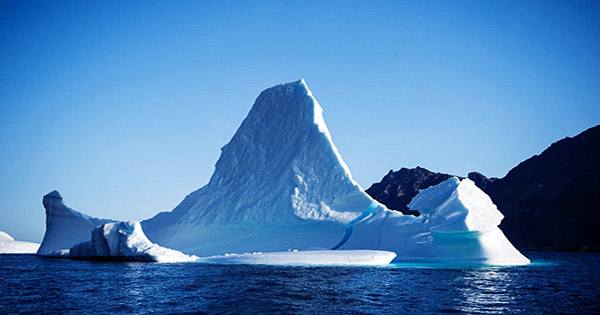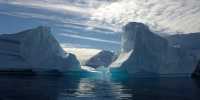A huge lake in the Antarctic has mysteriously disappeared and taken more water than the disappearance of the sea than Lake Erie. Researchers observed his death from satellite imagery before and after the lake flowed 600–––750 million cubic meters (21–26 billion cubic feet) through the ice shelf below, and believe it could tell scientists much about the stability of many large bodies in the region. Ice. All that remains is a broken ice cover and a hole in the lake that once stood.
Although researchers aren’t exactly sure how the lake disappeared in such a short time, the most likely visible part of the lake under intense pressure is the broken part of their research published in the journal Geophysical Research Letters. Lead author Roland Warner, a glaciologist with the Australian Antarctic Program Partnership at the University of Tasmania, said in a statement, “We believe that the weight of the water accumulated in this deep lake opens a fissure in the ice shelf at the bottom of the lake, a process known as hydrofracture, which causes water to flow down to the sea below.”
Pointing to the South Indian Ocean, the Amery Ice Shelf is the third largest shelf in Antarctica, with some areas reaching 1,800 meters (5,900 feet) thick. The lake is located at the top of the Emery Ice Shelf, where the ice is 1,400 meters (4,590 feet) thicker. It is not uncommon to see waterlogged lakes through hydrofracture and indeed scientists have identified many ice shelves in Antarctica that may be at risk for this but it is unlikely to occur at such depths of snow.
Now, researchers have been able to use this information as well as further enhance their understanding of the erosion of Antarctic ice sheets with these sophisticated satellites, which were able to capture the lake’s Grizzly Dice (aka ICESAT-2). Co-author Helen Amanda Fricker, a glaciologist at Scripps Institution of Oceanography, said in a statement, “ICESAT-2 surprises us with a description of the processes taking place in such delicate spaces on our ice sheets.”
















